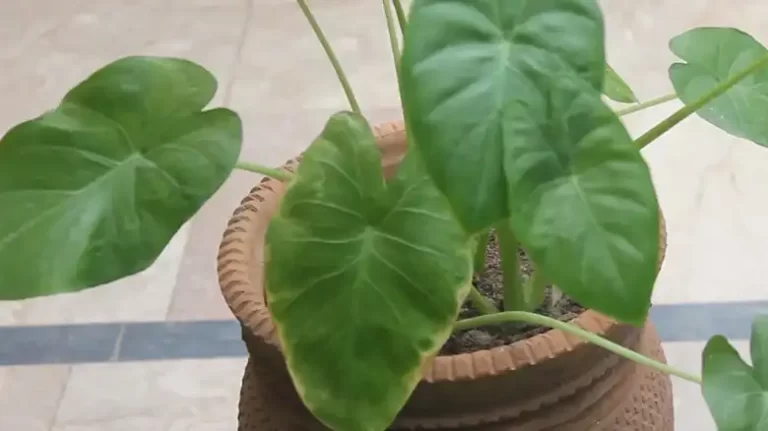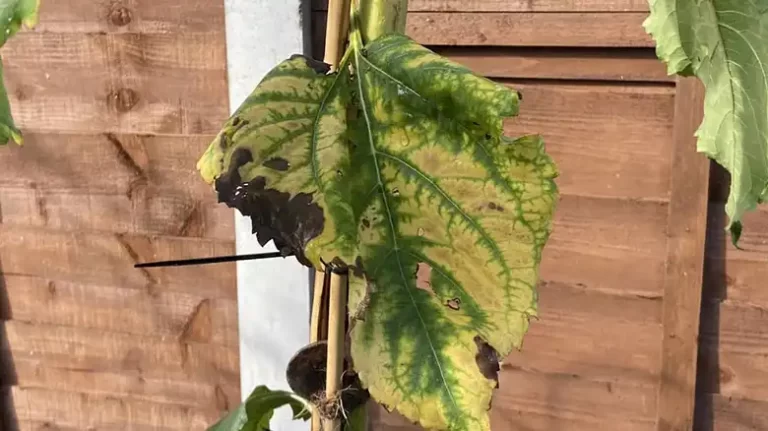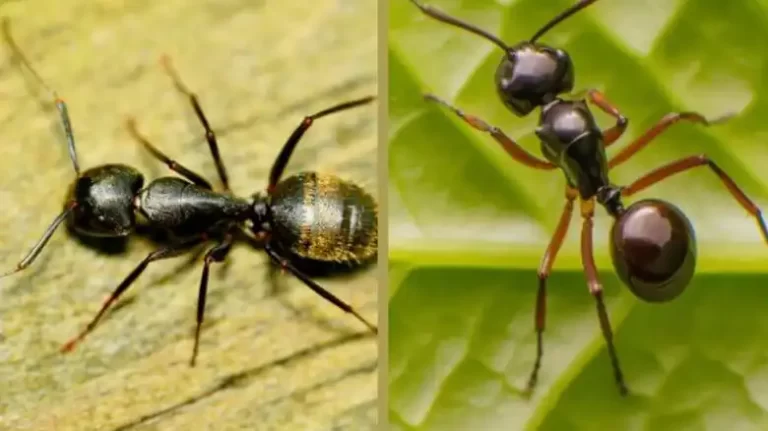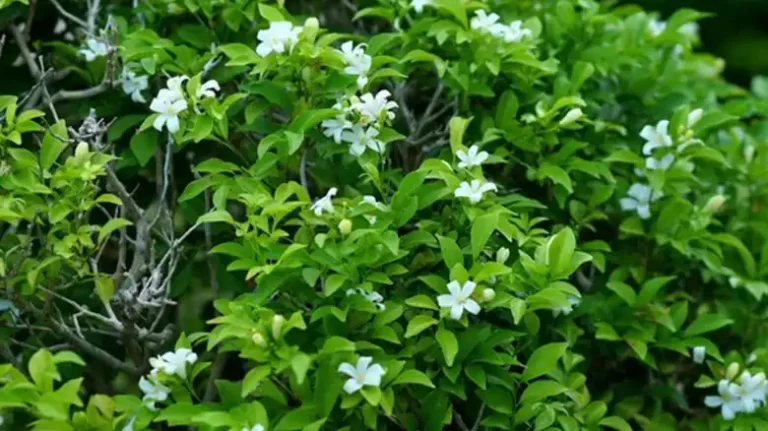Why Is My Cactus Wrinkled
Cacti are intriguing desert dwellers, known for their remarkable adaptability to harsh conditions. But even these hardy plants can exhibit signs of distress, and wrinkling is a common issue. If you’ve ever wondered, you’re not alone.
This article explores the various factors contributing to cactus wrinkling, from insufficient water to environmental stressors. By the end, you’ll be equipped with the knowledge to restore your cactus’s vitality.
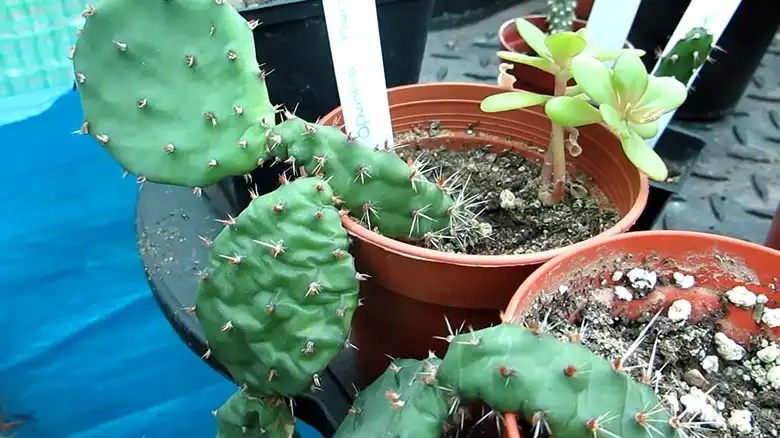
Common Causes of Cactus Wrinkling
Cacti, those iconic symbols of arid landscapes, are generally hardy and resilient. However, if your cactus is showing signs of wrinkling, it’s essential to identify the underlying causes.
Cactus wrinkling can be a distressing sight, but understanding the root issues behind it is the first step toward rejuvenating your beloved plant. In this section, we’ll explore the most frequent culprits responsible for cactus wrinkling.
1. Underwatering
One of the primary reasons for cactus wrinkling is inadequate hydration. Cacti are adapted to survive in harsh, dry environments, but they still need water. If your cactus isn’t receiving enough, it will start to wrinkle. Look for signs like shriveling, a withered appearance, and dry, brittle spines.
To remedy this, establish a consistent watering schedule. While cacti don’t need frequent watering, it’s crucial to provide enough water when you do. Water thoroughly, allowing the soil to drain and dry before the next watering. Monitor the soil’s moisture level and adjust your schedule accordingly.
2. Overwatering
Surprisingly, overwatering is a more common problem than underwatering when it comes to cacti. Overly moist soil can lead to root rot, which causes cactus wrinkling. Signs of overwatering include soft, yellowing stems, a foul odor from the soil, and wrinkling accompanied by browning or blackening of the base.
To combat overwatering, ensure your cactus is potted in well-draining soil and a container with drainage holes. Wait until the soil is thoroughly dry before watering again. If you suspect root rot, gently remove the cactus from its pot, trim affected roots, and replant in fresh soil.
3. Poor Drainage
Cacti thrive in well-draining soil because it prevents water from accumulating around their roots. If your cactus is potted in soil that retains moisture, it’s at risk of developing wrinkles due to excess moisture.
To improve drainage, select a pot with drainage holes and use a specialized cactus mix or add sand and perlite to your regular potting soil. This encourages proper water flow and prevents waterlogged roots.
4. Root Rot
Root rot is a common consequence of overwatering and can lead to cactus wrinkling. Signs include discolored and mushy roots, a foul odor, and an unhealthy overall appearance.
To address root rot, trim the affected roots, allow the cactus to dry for a day or two, and replant in fresh soil. To prevent root rot, avoid overwatering and ensure proper drainage in your cactus pot.
5. Age
As cacti age, they undergo a natural wrinkling process. This occurs primarily in long-lived cactus species. Wrinkles, in this case, are a sign of maturity rather than distress.
To distinguish age-related wrinkles from those caused by other factors, examine the overall health of the cactus. If it’s vibrant, continues to grow, and only shows signs of wrinkling on older segments, it’s likely experiencing the normal aging process.
Cactus Species and Their Wrinkling Patterns
Cacti, with their diverse range of species, each possess unique characteristics and growth patterns. When it comes to wrinkling, understanding the distinctive behavior of different cactus species is essential for proper care.
In this section, we will explore several popular cactus species and the wrinkles they may exhibit over time.
Saguaro Cacti
The towering giants of the desert, follow a fascinating wrinkle pattern as they age. Initially, these cacti have smooth, green skin, but as they mature, they develop a series of horizontal wrinkles, much like the rings of a tree.
These wrinkles serve as indicators of age, with each wrinkle representing roughly 75-100 years of growth. So, if your saguaro cactus is sporting wrinkles, it’s likely a venerable old soul.
Barrel Cacti
Known for their compact, cylindrical shape, exhibit their own intriguing wrinkling pattern. Typically, they maintain a smooth exterior when young. However, as they grow older, they may start to develop vertical, rib-like wrinkles that give them their distinct appearance. These wrinkles enable the barrel cactus to expand and contract as it stores and uses water, an ingenious adaptation for survival in arid regions.
Prickly Pear Cacti
Recognized by their flat, paddle-like segments, have a unique approach to wrinkling. While their pads may not show prominent wrinkles, they can appear puckered or shriveled under specific conditions.
This change in appearance can be a response to water stress, as prickly pear cacti conserve moisture by reducing the size of their pads. Therefore, if your prickly pear cactus appears wrinkled, it’s time to reassess its watering schedule.
Christmas Cacti
Christmas cacti, beloved for their vibrant blooms, may also experience wrinkling, but it’s different from the classic age-related wrinkles seen in other cacti. When Christmas cacti wrinkle, it’s often due to a lack of water or inadequate care.
Their flat, segmented leaves may appear slightly shriveled, and their vibrant blossoms may not be as impressive. Proper hydration and maintenance are key to preventing these wrinkles.
Environmental Factors Influencing Wrinkling
Cacti are often associated with their unique resilience and striking appearance, making them a sought-after choice for plant enthusiasts. However, the sight of a wrinkled cactus can be concerning.
Environmental Factors Influencing Wrinkling
Understanding the environmental factors that can contribute to cactus wrinkling is crucial for maintaining the health and vitality of these distinctive desert plants. Let’s delve into the key aspects influencing your cactus’s well-being:
Sunlight Exposure
The amount of sunlight your cactus receives plays a vital role in its overall health. While cacti are known for their love of sunlight, too much of it can lead to sunburn and, subsequently, wrinkling. On the other hand, insufficient sunlight can hamper their growth. Finding the right balance in sun exposure is essential.
Temperature Fluctuations
Cacti thrive in arid climates and are well-suited to temperature extremes. However, abrupt fluctuations in temperature, especially when it becomes excessively cold, can stress the plants and lead to wrinkling. It’s essential to provide a stable and suitable climate for your cactus to thrive.
Humidity Levels
The level of humidity in your cactus’s environment can have a significant impact on its health. Most cacti thrive in low-humidity conditions, but exceptionally dry or humid environments can cause stress and wrinkling. Understanding your cactus’s humidity requirements and making necessary adjustments is essential.
Air Circulation
Cacti benefit from good air circulation, which helps prevent the development of mold and diseases. Stagnant air can lead to an unhealthy environment for your cactus, potentially causing wrinkles. Ensure that your cactus is in a location with adequate air movement.
Pots and Soil Quality
The choice of pots and soil for your cactus can influence its overall well-being. Inadequate drainage in pots can lead to water accumulation, promoting overwatering and potential wrinkling. Additionally, using the right type of well-draining soil is crucial to prevent moisture-related issues.
Preventing Cactus Wrinkling
Cacti are hardy and fascinating plants, but they can develop wrinkles for a variety of reasons. To ensure your cactus remains healthy and vibrant, it’s crucial to understand how to prevent wrinkling. Here, we’ll explore effective strategies to keep your cactus in top shape.
1. Establishing a Consistent Watering Schedule
Maintaining a regular watering routine is paramount for cactus care. By ensuring your cactus receives consistent, appropriate amounts of water, you can prevent the stress that leads to wrinkling.
Water sparingly, allowing the soil to dry between watering sessions, and adjust the frequency according to your specific cactus species and the surrounding environment.
2. Monitoring Soil Moisture
Keeping tabs on the moisture levels in your cactus’s soil is essential. Invest in a simple moisture meter to gauge when it’s time to water. This way, you can avoid overwatering, one of the leading causes of cactus wrinkling.
3. Providing Proper Drainage
Cacti despise sitting in waterlogged soil. To prevent root rot and wrinkles, ensure your cactus pot has adequate drainage. Select a pot with drainage holes, and use well-draining soil specifically designed for cacti. This will allow excess water to escape, safeguarding your cactus’s roots.
4. Protecting Your Cactus from Environmental Stress
Cacti thrive in sunlight but can scorch if exposed to intense, direct sunlight for extended periods. Consider moving your cactus to a slightly shadier spot during the hottest parts of the day. Shielding your cactus from extreme temperature fluctuations can also help maintain its vitality.
5. Seasonal Adjustments
Recognize that your cactus’s needs change with the seasons. In the winter, most cacti enter a dormant phase, requiring less water and sunlight. Adjust your care routine accordingly to prevent overwatering during the dormant period, which can lead to wrinkling.
6. Avoiding Pests and Diseases
Pests and diseases can stress your cactus and lead to wrinkling. Regularly inspect your cactus for signs of trouble, such as mealybugs or fungal issues. Promptly address any infestations or infections to maintain your cactus’s health.
Related Questions
Q1: Why is my cactus wrinkled, and is it a sign of a problem?
A1: Cactus wrinkling can be caused by various factors, including underwatering, overwatering, age, or environmental stress. While some wrinkling is natural as cacti age, excessive wrinkling can be a sign of an issue that needs attention.
Q2: How often should I water my cactus to prevent wrinkling?
A2: The frequency of watering depends on the cactus species, pot size, and environmental conditions. Generally, it’s best to water cacti sparingly, allowing the soil to dry out between waterings. Overwatering is a common cause of wrinkling, so be cautious not to water too frequently.
Q3: Can overwatering lead to cactus wrinkling, and how can I avoid it?
A3: Yes, overwatering is a common cause of cactus wrinkling. To avoid overwatering, use well-draining soil and pots with drainage holes. Allow the soil to dry out between watering sessions, and adjust your watering frequency based on your specific cactus and environmental conditions.
Q4: Are all cacti prone to wrinkling as they age?
A4: Most cacti will naturally develop some wrinkles as they age. This is a part of their growth process and not necessarily a problem. However, the extent of wrinkling can vary between cactus species.
Q5: What are the signs of poor drainage causing cactus wrinkling?
A5: Signs of poor drainage leading to cactus wrinkling include waterlogged soil, yellowing or wilting of the cactus, and an unpleasant smell coming from the pot. It’s essential to ensure your cactus has proper drainage to avoid these issues.
Final Notes
Cactus wrinkling is a common issue but is often manageable with the right knowledge and care. By understanding the causes, species-specific patterns, environmental influences, and preventive measures, you can ensure your cactus remains a resilient and vibrant addition to your botanical collection.
With this guide in your hands, you’re prepared to tackle the question, “Why is my cactus wrinkled?” and restore your cactus to its pristine glory.


